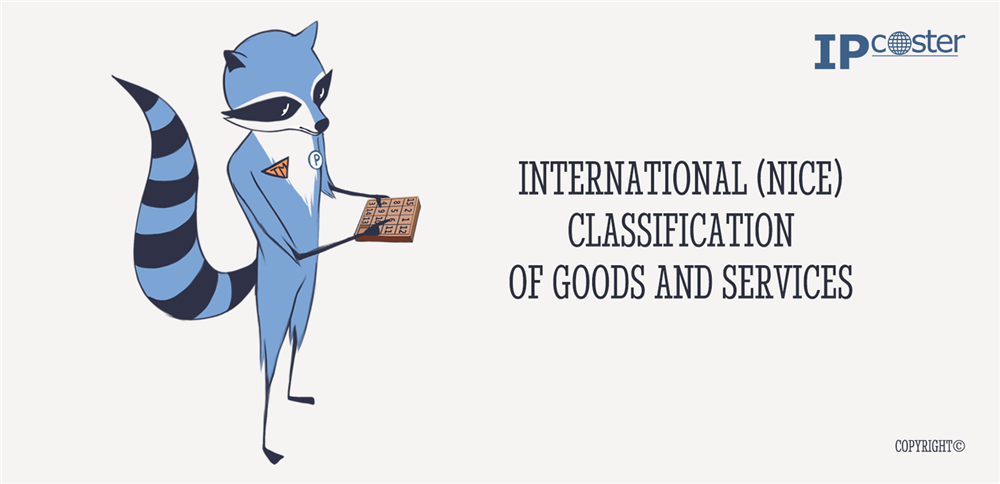IP-Academy

International (Nice) classification of goods and services
Trademarks are registered and used for specific goods or services. To make it easier to categorise these goods and services in trademark applications, the International Classification of Goods and Services, commonly known as the Nice Classification (NCL), was created in 1957 under the Nice Agreement.
The first edition of the NCL was published in 1963. Since then, it has been updated every five years. Starting in 2013, the classification has been revised annually and published each year on January 1st. These yearly updates include any changes like additions, deletions, or amendments to the classes. A completely new edition is released every five years.
The Nice Classification is available online and provides a full list of all classes for goods and services, along with detailed explanations, on the WIPO website. Currently, there are 34 classes for goods and 11 classes for services in which trademarks can be registered.
Each class title broadly describes the types of goods or services it covers, while the explanatory notes provide examples of products or services within that class. The latest edition contains about 10,000 goods descriptions and 1,000 service descriptions, listed alphabetically.
The NCL is used by around 150 intellectual property offices worldwide, including regional offices such as the African Intellectual Property Organization (OAPI), the African Regional Intellectual Property Organization (ARIPO), the Benelux Office for Intellectual Property (BOIP), and the European Union Intellectual Property Office (EUIPO).
Members of the Nice Agreement are required to include the relevant class numbers that correspond to the goods and services when filing trademark applications. The NCL must be used either as the principal classification or as a supplementary one in these jurisdictions.
The Nice Classification simplifies and streamlines the trademark application process, especially for filings in multiple countries. Since the classification is uniform across all participating countries and available in several languages, applicants don’t need to worry about translating their goods and services descriptions when applying internationally.
If you’re interested in applying for a trademark, feel free to contact us!